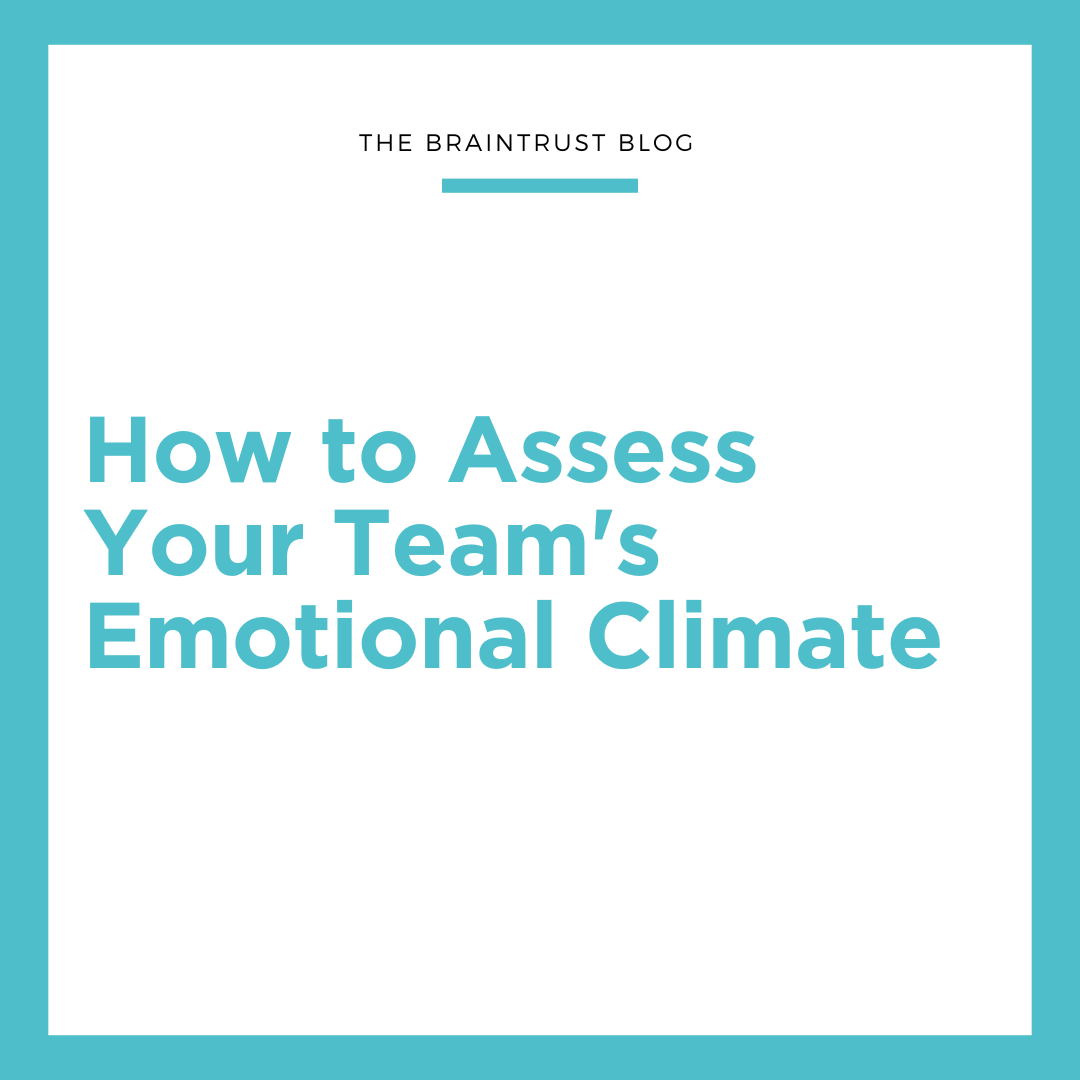One of the things I hear over and over again in our classes is, “My team doesn’t finish the work they commit to in the sprint.”My response is generally something along the lines of, “How are they currently holding themselves accountable to do that…” “Mmmm” is generally what follows.
In this three-part series, we’ll explore the impact of engagement, empowerment, and accountability in helping your Organization successfully travel to #YourAgileJourney.
definitions
- Employee engagement—the degree to which employees are motivated by, passionate about and invested in the work they do
- Employee empowerment—the ability of an employee to be directly involved in and have influence over their work
- Accountability—an obligation or willingness to accept responsibility or to account for one’s actions
Organizations that typically have the highest level of employee engagement are the organizations in which employees are empowered!
As a company, Braintrust has had several clients reach out to help with the implementation of Organizational Agility in a response to low employee engagement in HR surveys. They are generally surprised at the lower than expected levels of engagement, and then they begin to think about some of the symptoms they have noticed.
One of the key things to come out of most of these surveys is the low level of employee engagement. In fact, according to Gallup’s 2020 Data, 36% of employees are engaged, 14% were actively disengaged, perhaps more worrying to me is the 50% that sits somewhere in between!
Steps to Improving Employee Engagement
Step 1 – Put Everyone in the Right Role
Get the right people on the bus and make sure they are in the right roles. This means that all talent acquisition and retention strategies have to be aligned with meeting company goals.
Step 2 – Give Them the Training
No manager or leader can expect to build a culture of trust and accountability—and much less improve engagement—without setting the team up for success. This means providing the proper training and development while removing obstacles.
Step 3 – Task Meaningful Work
Engaged employees are doing meaningful work and have a clear understanding of how they contribute to the company’s mission, purpose and strategic objectives. Again, this is why they first have to be placed in the right role.
Step 4 – Check in Often
The days of simply relying on mid-year reviews for providing feedback are long gone. Today’s workforce craves regular feedback—which of course leads to faster course correction and reduces waste. Use both formal and informal check-in strategies, and use them every week.
Step 5 – Frequently Discuss Engagement
Successful managers are transparent in their approach to improving engagement—they talk about it with their teams all the time. They hold “state of engagement” meetings and “engage” everyone in the discussion—and solutions.
Again, these principles are not complex, but must be prioritized. Companies that get this right will drive greater financial returns, surpass their competitors and easily climb to the top of “the best places to work” lists.



